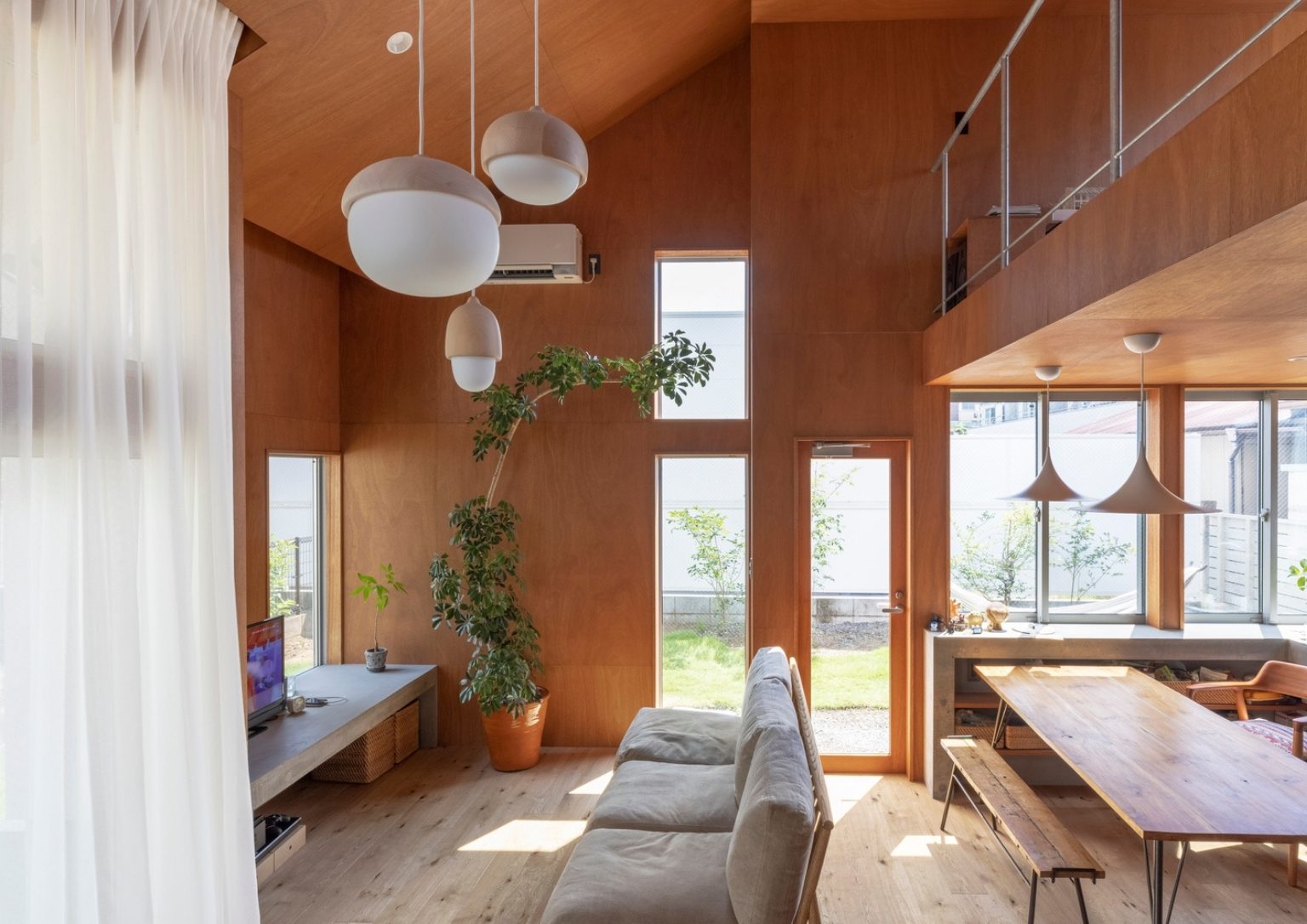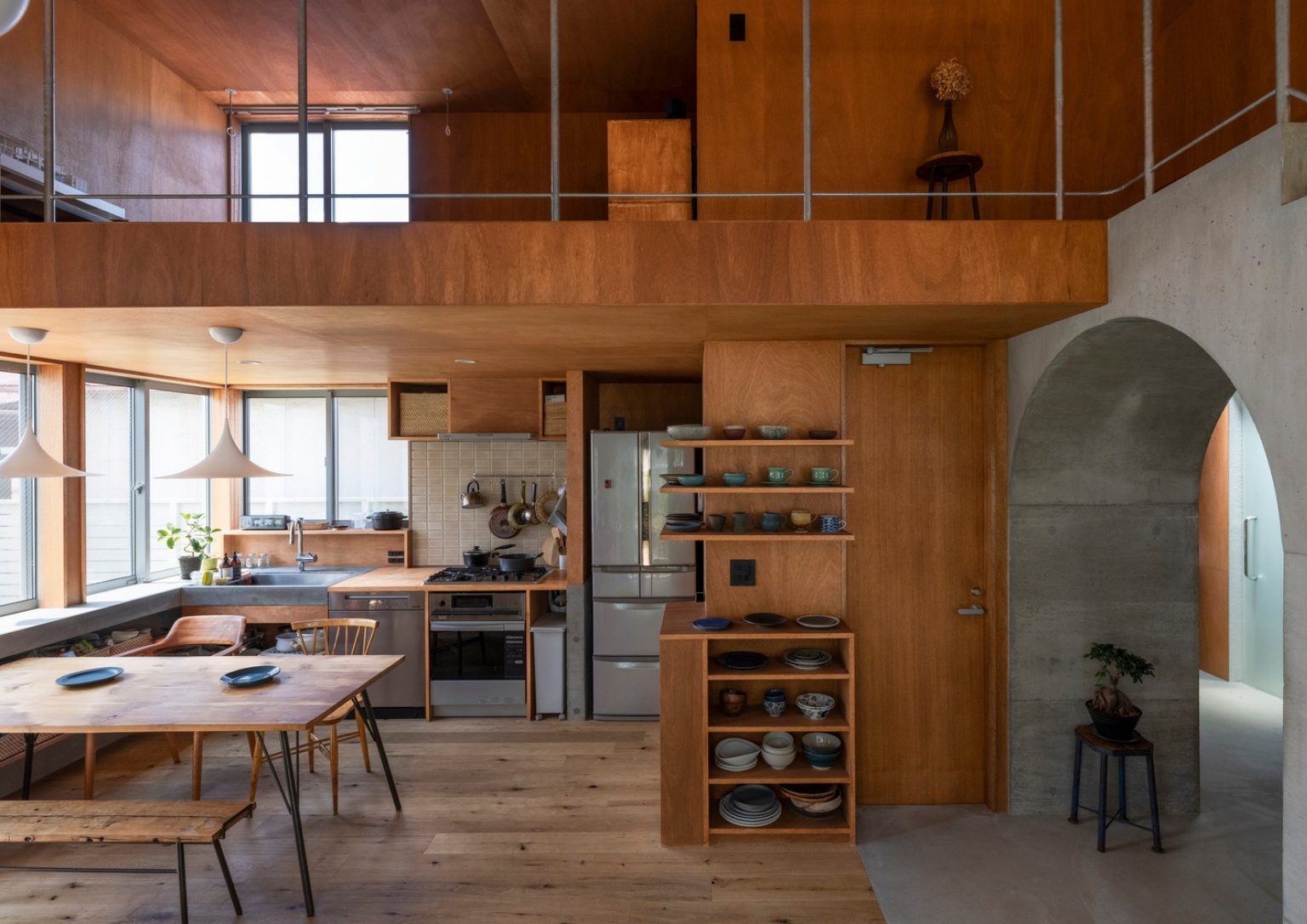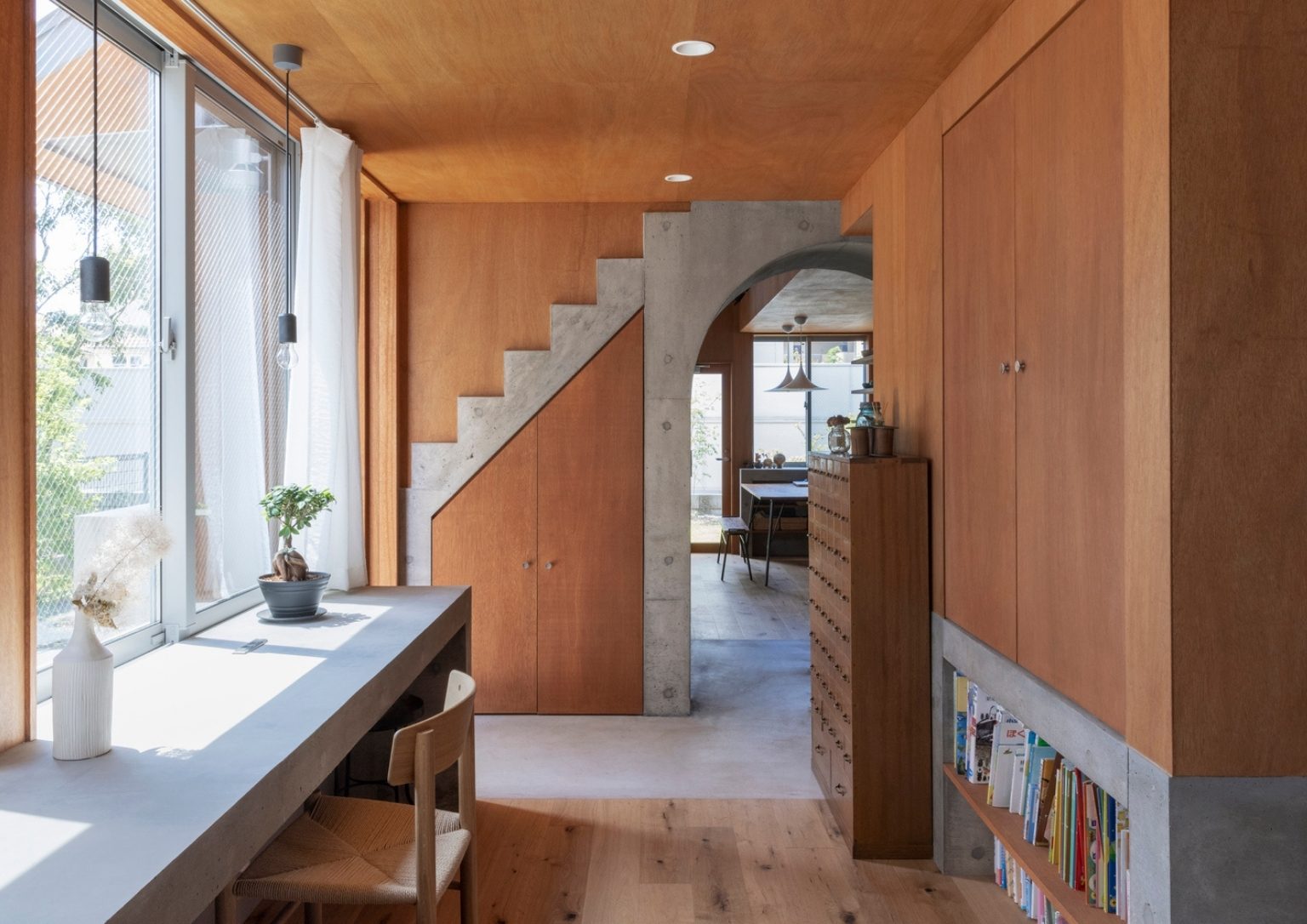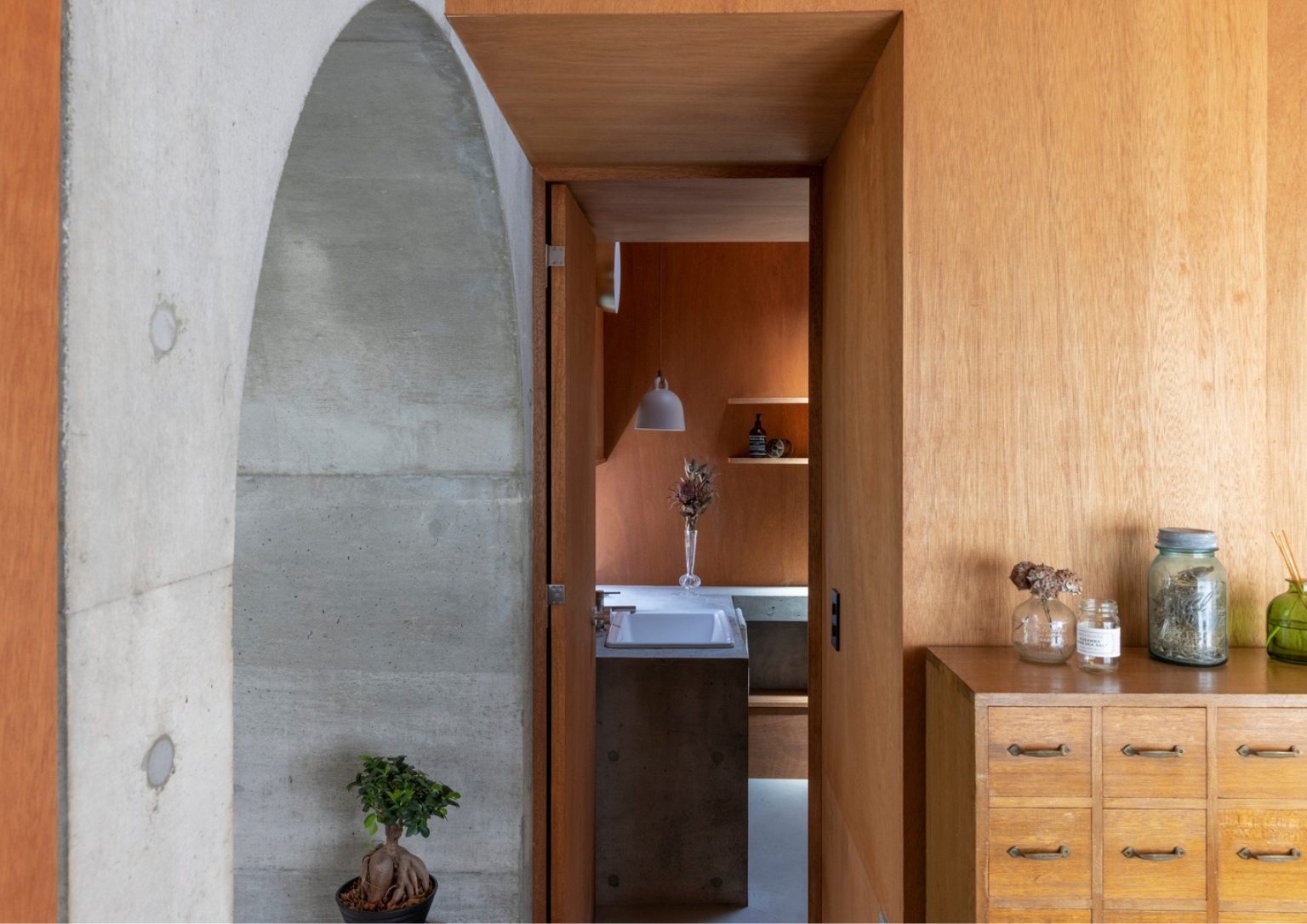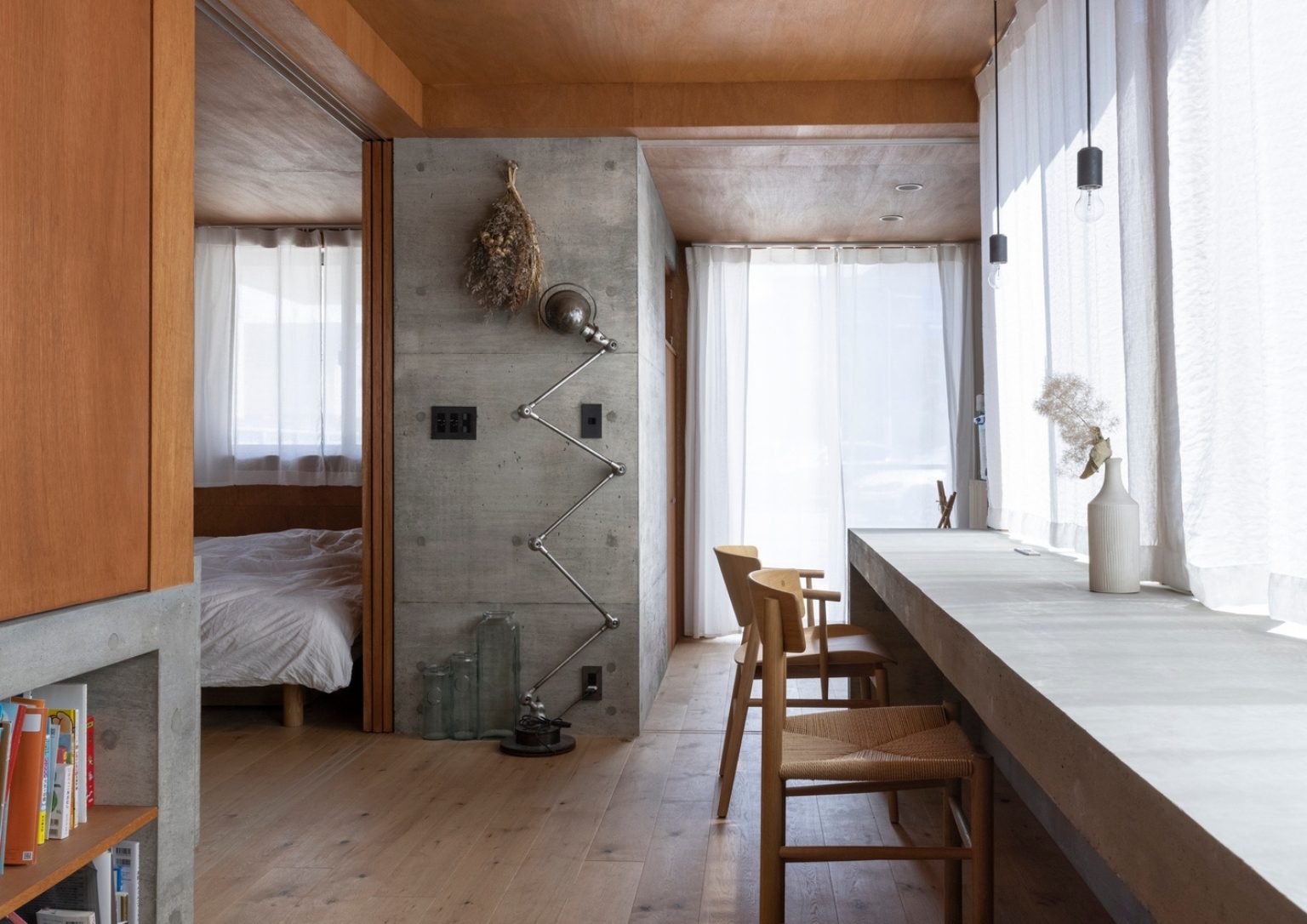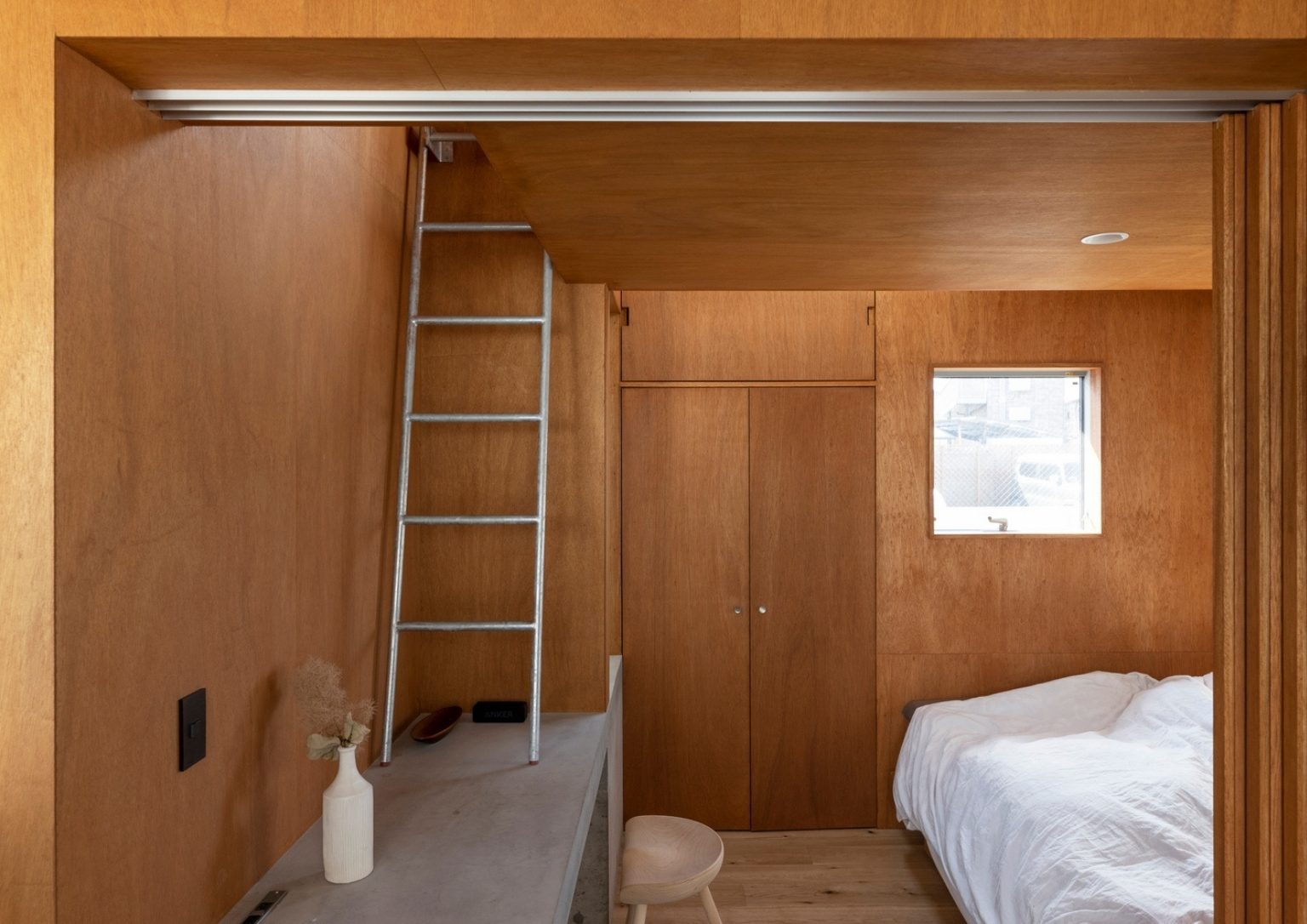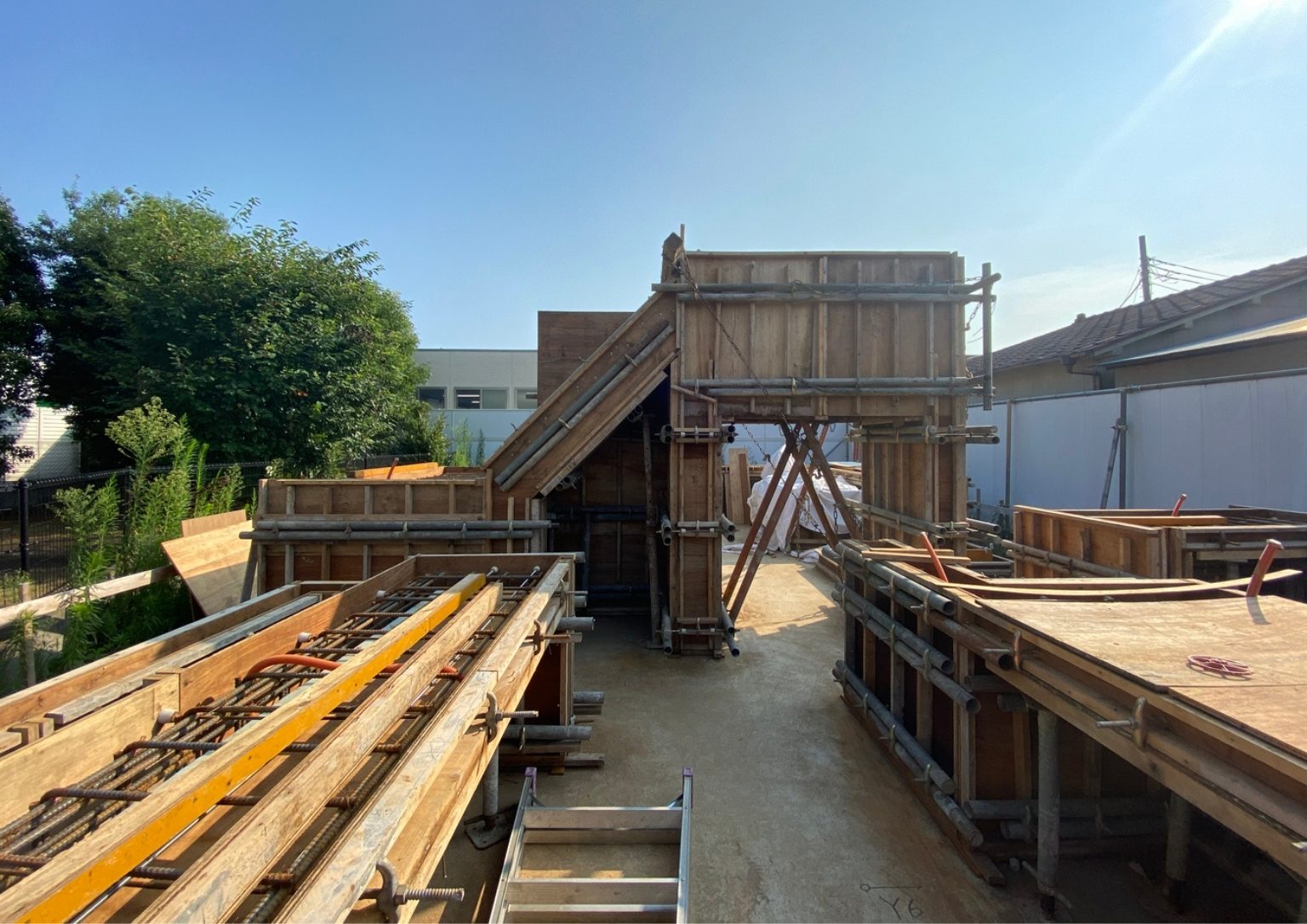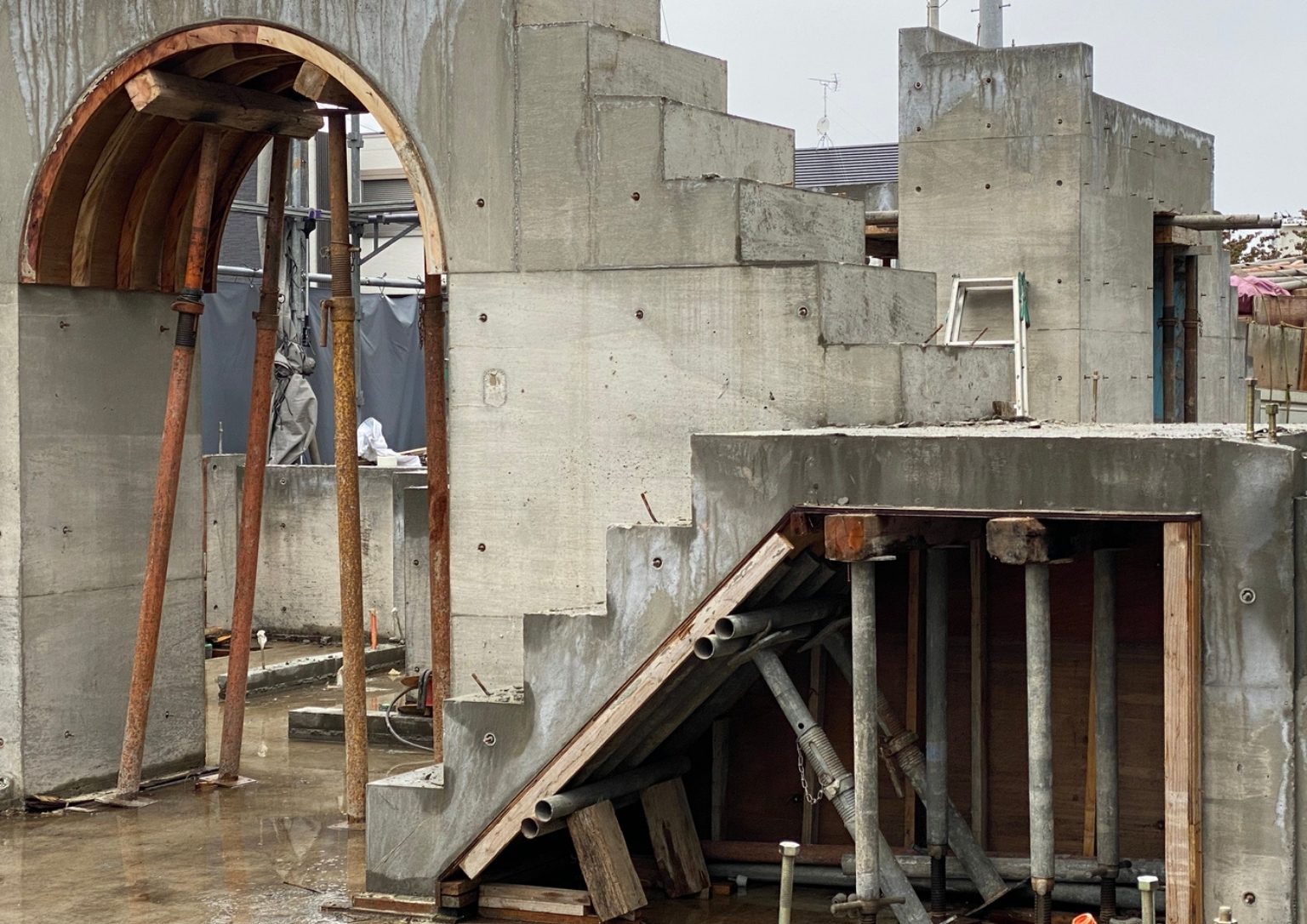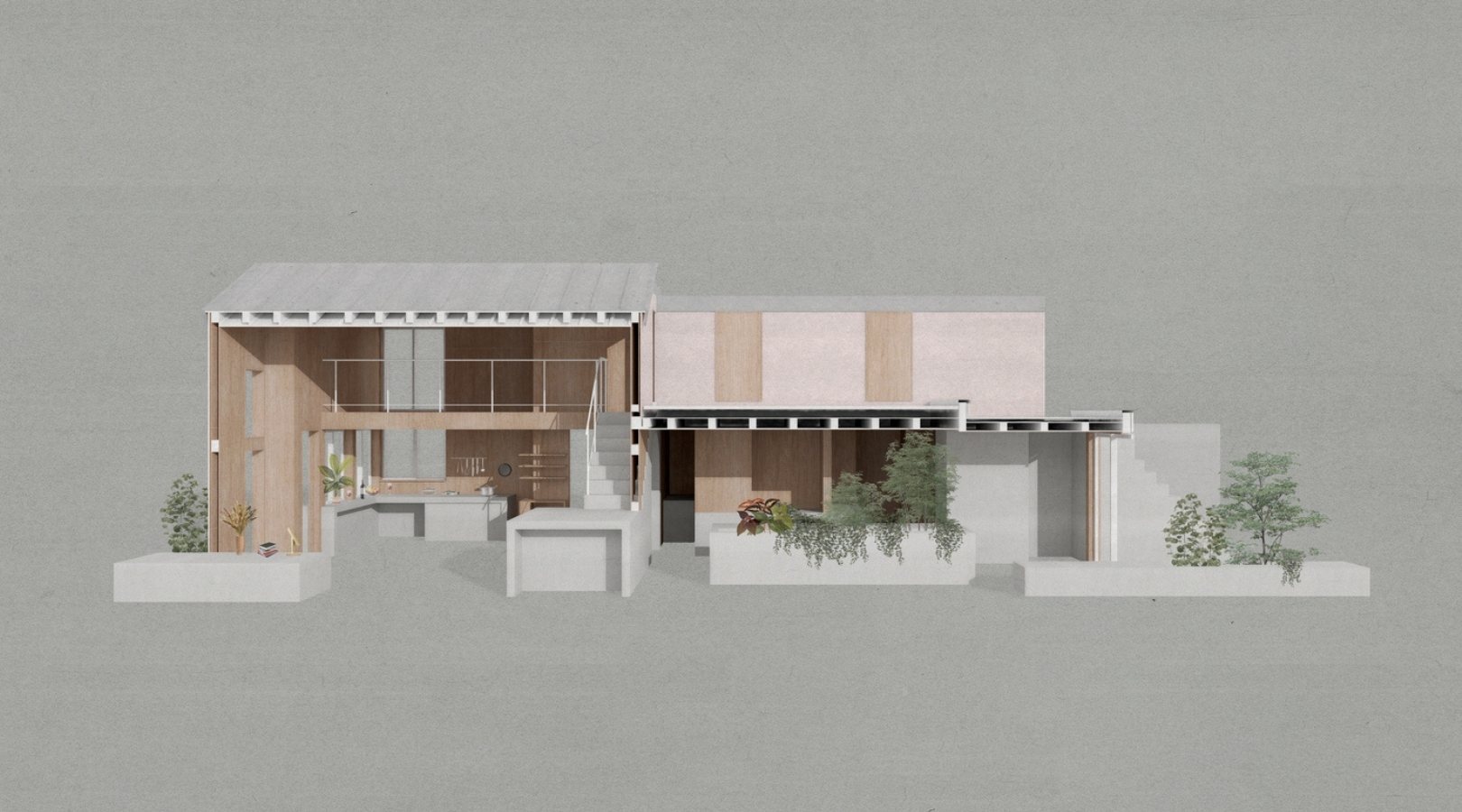
House In Akishima: A Proactive Minimalist House Of Concrete And Timber
The culture surrounding Japan is stirring and rich. A visit to the country reveals their proactive approach even in the most mundane things. The minimalist design they are known for accompanies straightforward functionality, which is true even in their architecture. The House in Akishima by Office M-Sa clearly demonstrates minimalism, serviceability, and proactiveness through its design that can adapt through generations. Concrete and timber are the main structural and design elements in this home located in Tokyo, Japan.

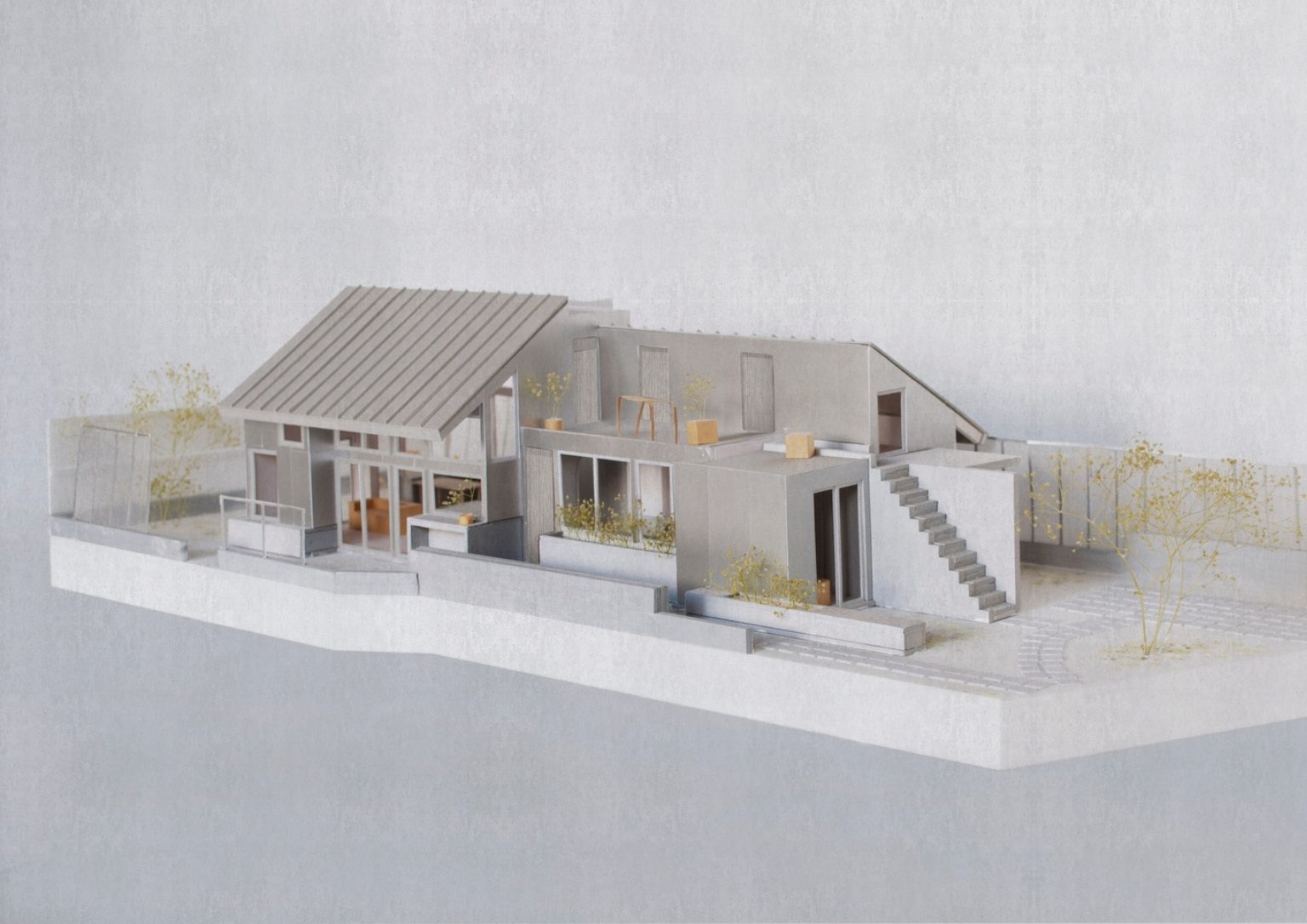


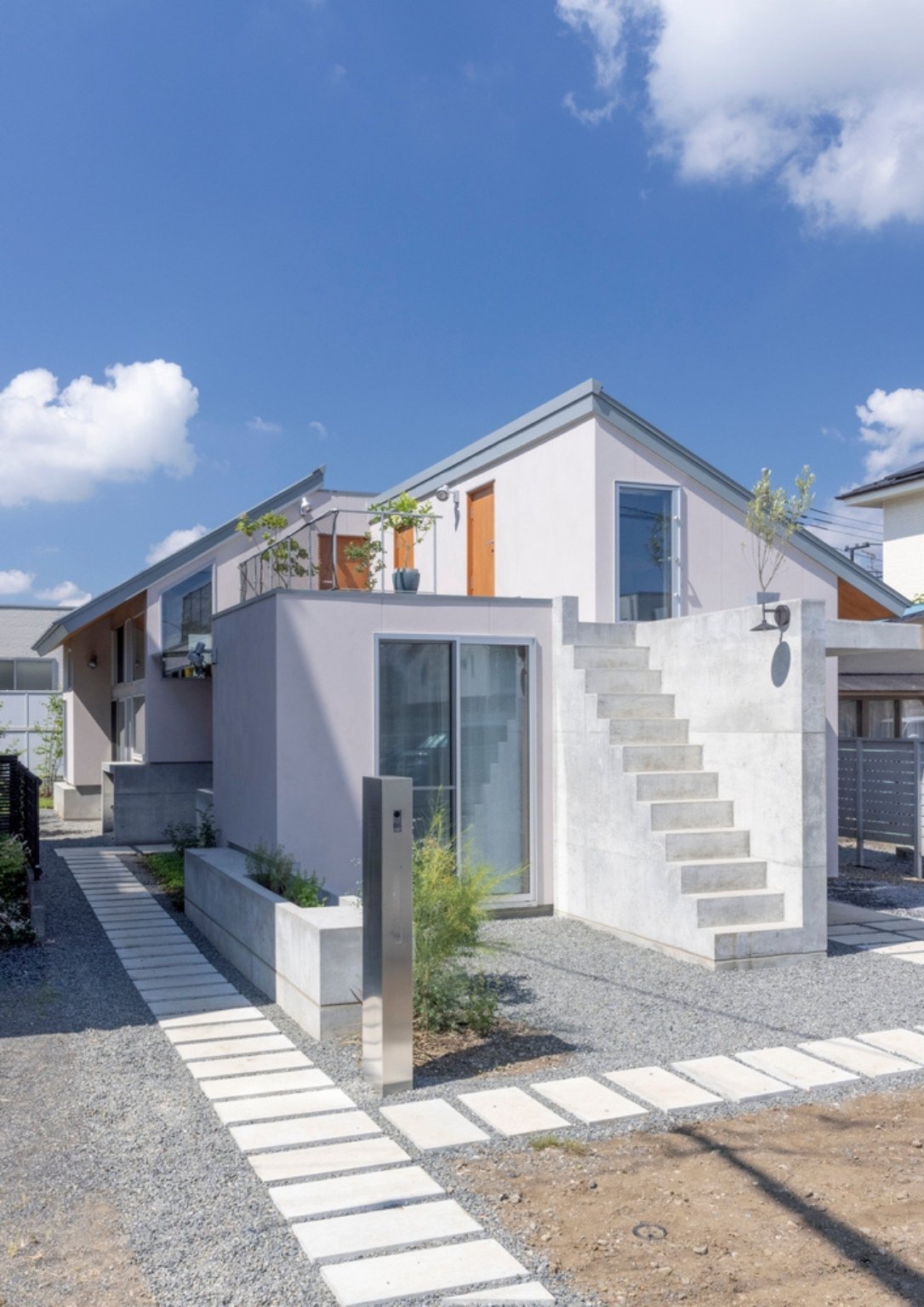
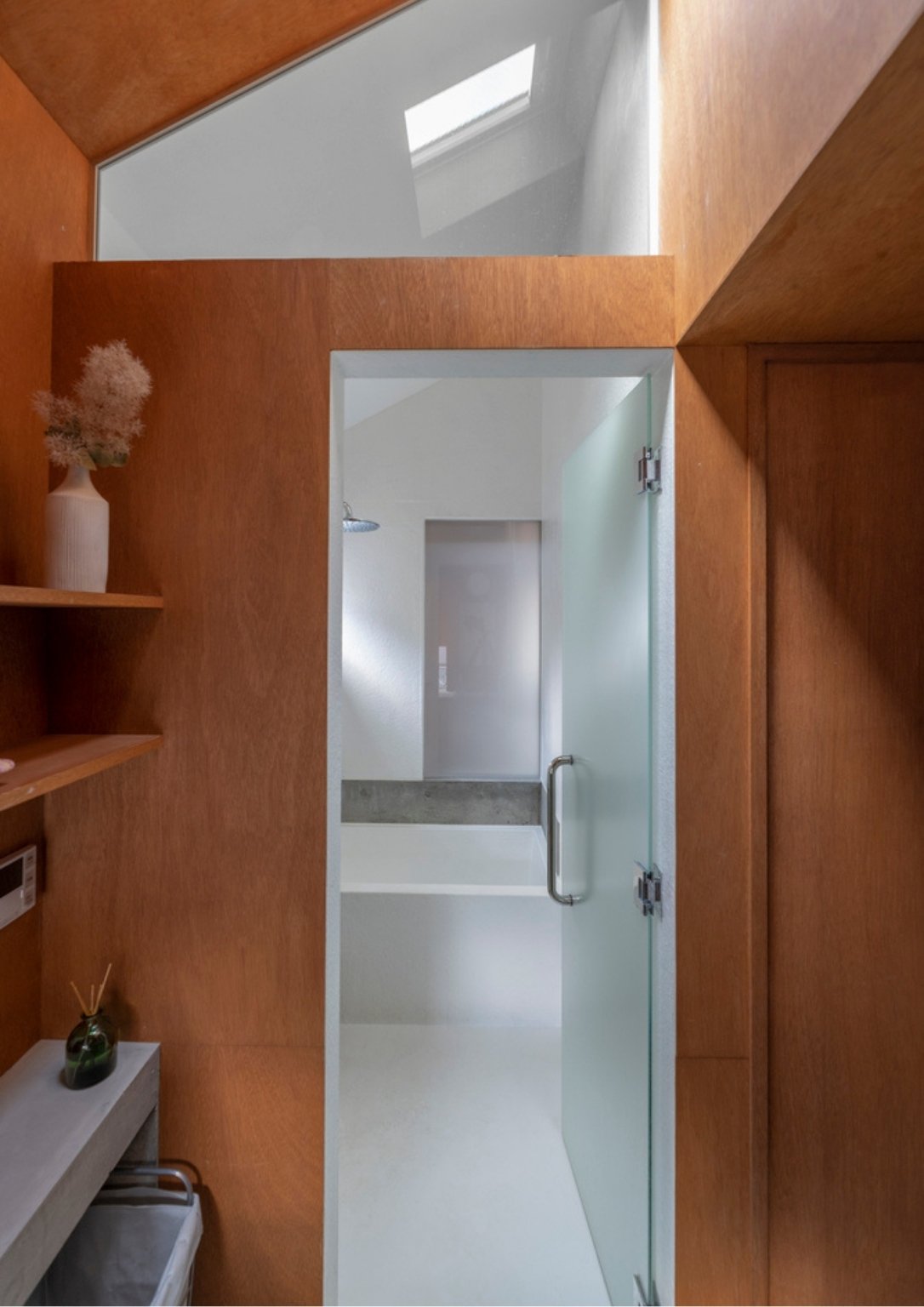

The architectural team formulated an intelligent home layout in the 110-square-meter buildable area that can transform how occupants see fit. The concrete foundation supports the whole structure while providing an organic design in the house’s exteriors and interiors, as it was left untouched by the team. Balancing the concrete’s rough appearance are timber walls and ceilings. These timbers are installed in a method that can easily be restructured in the future. The house can be remodeled and stripped down to its concrete foundations allowing a new layout to take place. Hiraiwa Structure, the structural engineer, carefully considered choosing materials that deliver the client’s requirement to “live in diversity that answers to time so that the entire site can be used.”
The team meticulously weighed the differences and strengths of timber and concrete in terms of texture and endurance. Guided by the house’s grand plan of making it liveable today while providing for the future, the concrete foundations were made sure to withstand the years’ wear and tear. It can be used as a cornerstone for a new house, a playground, or an event venue, whatever the future dictates. Moreover, the timber elements can be readily augmented or demolished in a few years.
“By establishing a long-term planning system at the foundation, we were able to create a place to live. Through this house, we were able to ponder how architecture adapts and changes due to changes in the environment and life.”
Office M-Sa Architects
The roofs and walls are built between foundations to form the spaces. The House in Akishima is uncomplicated yet functional. Its layout and rooms give a simple warmth to which a family can comfortably go home.
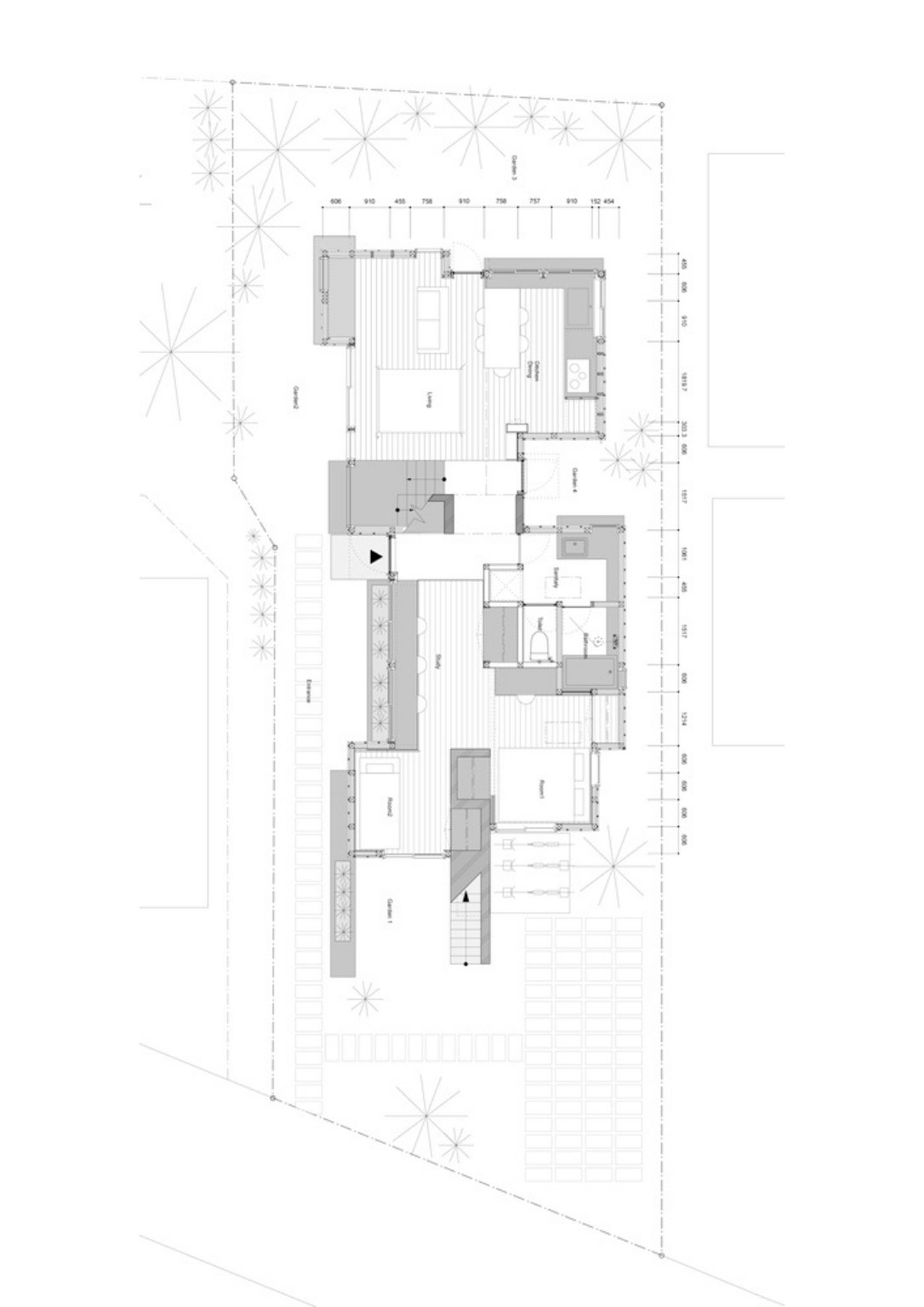
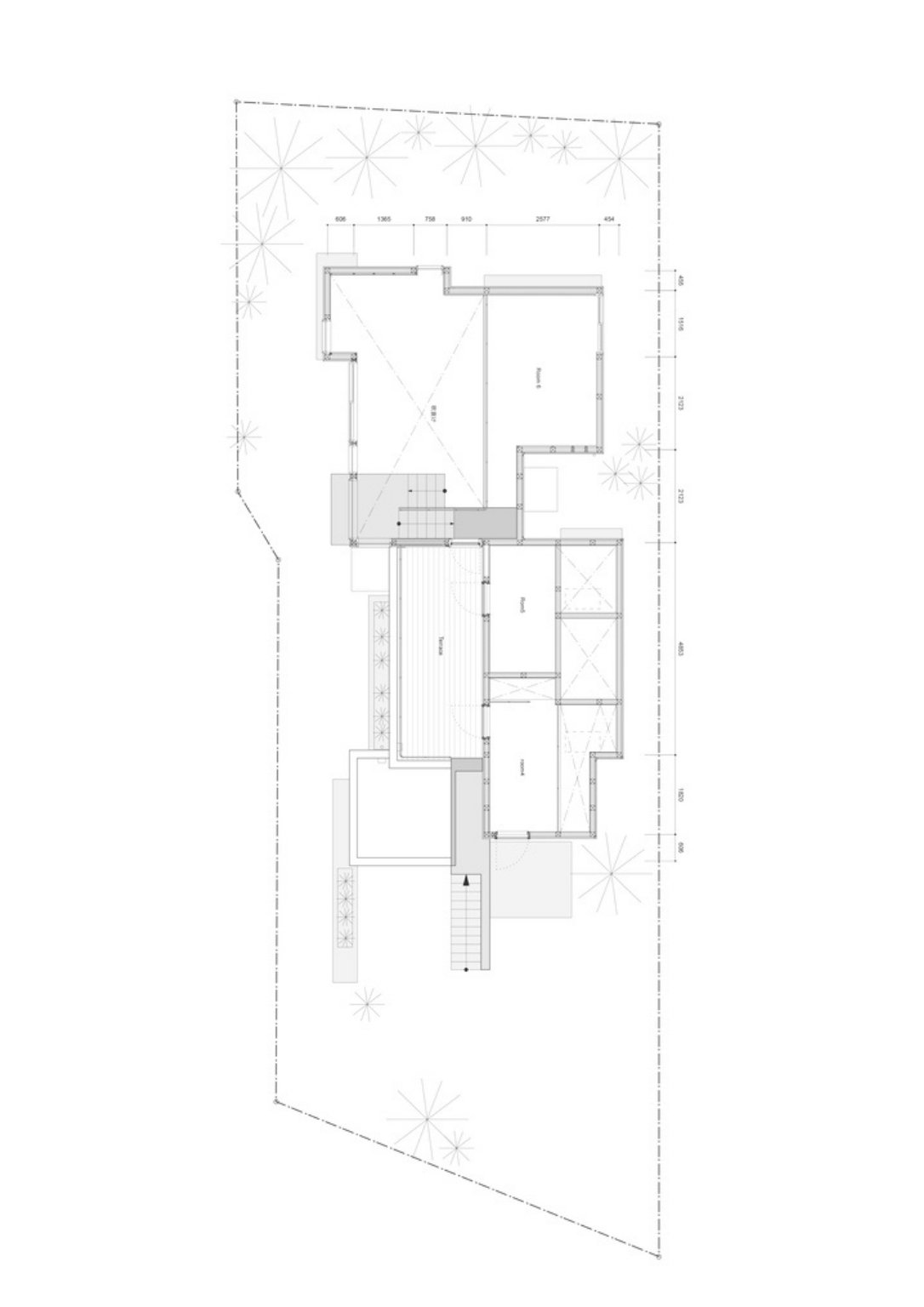
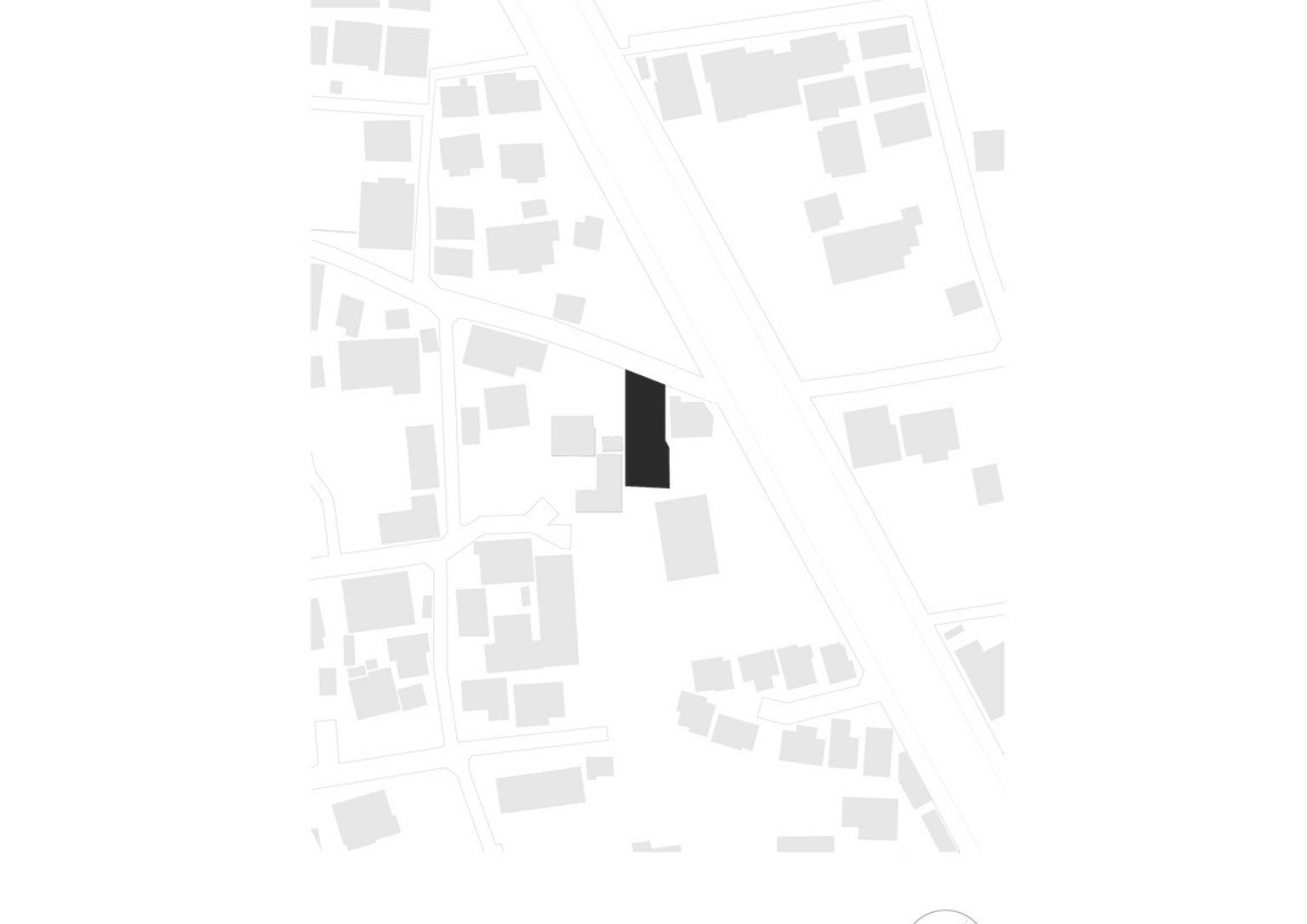
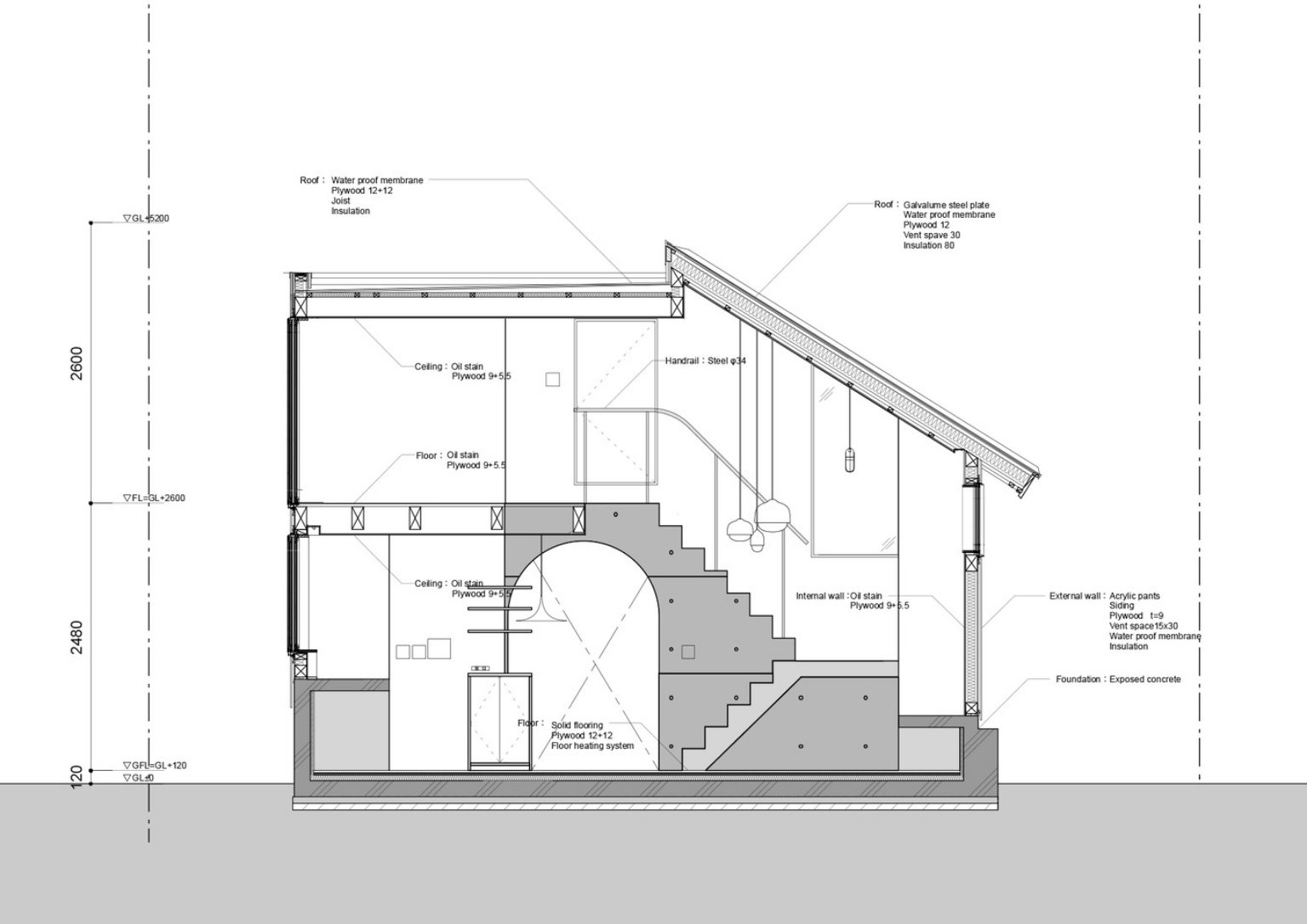

Photos are from Kazuhisa Kota.


